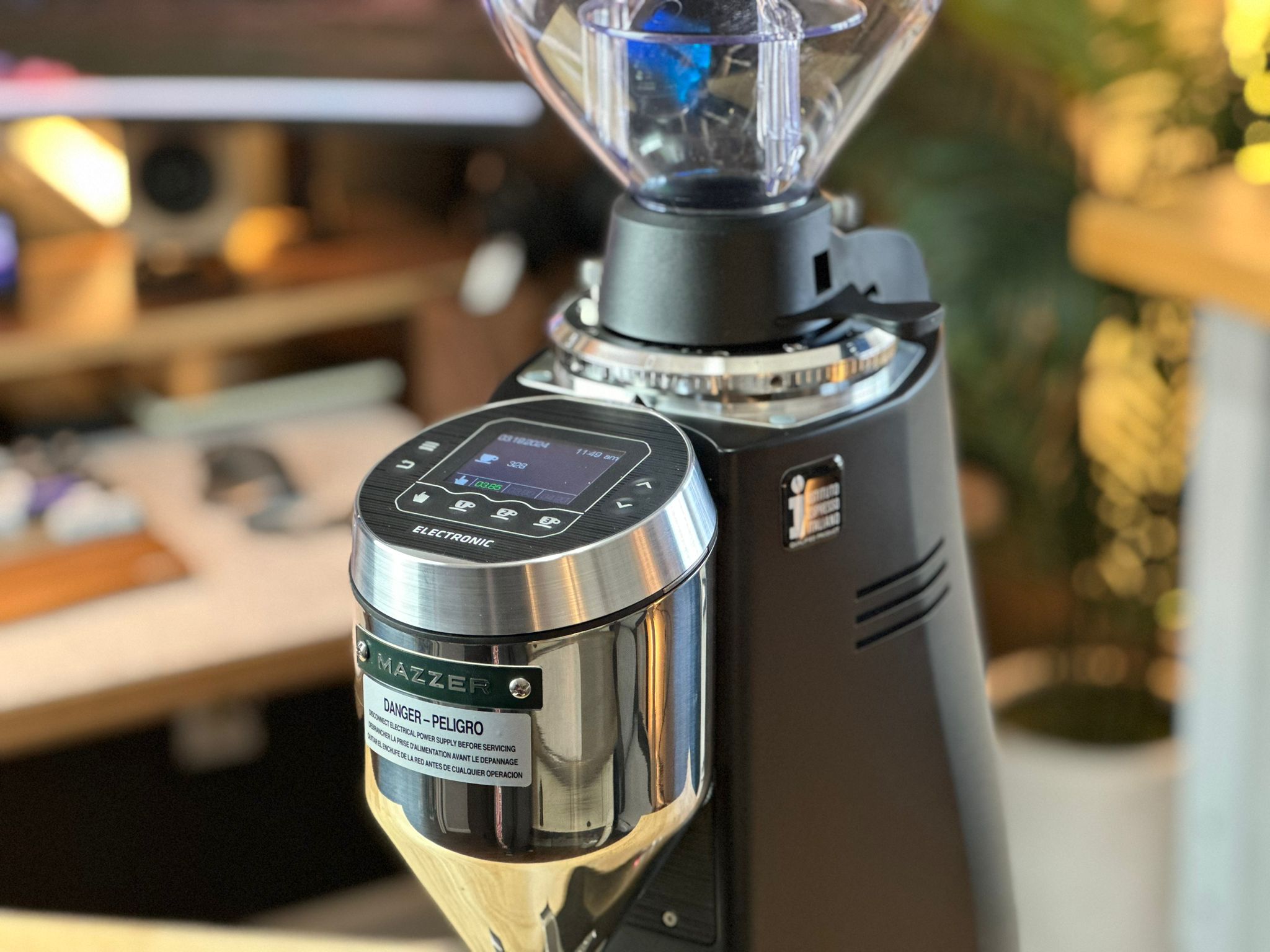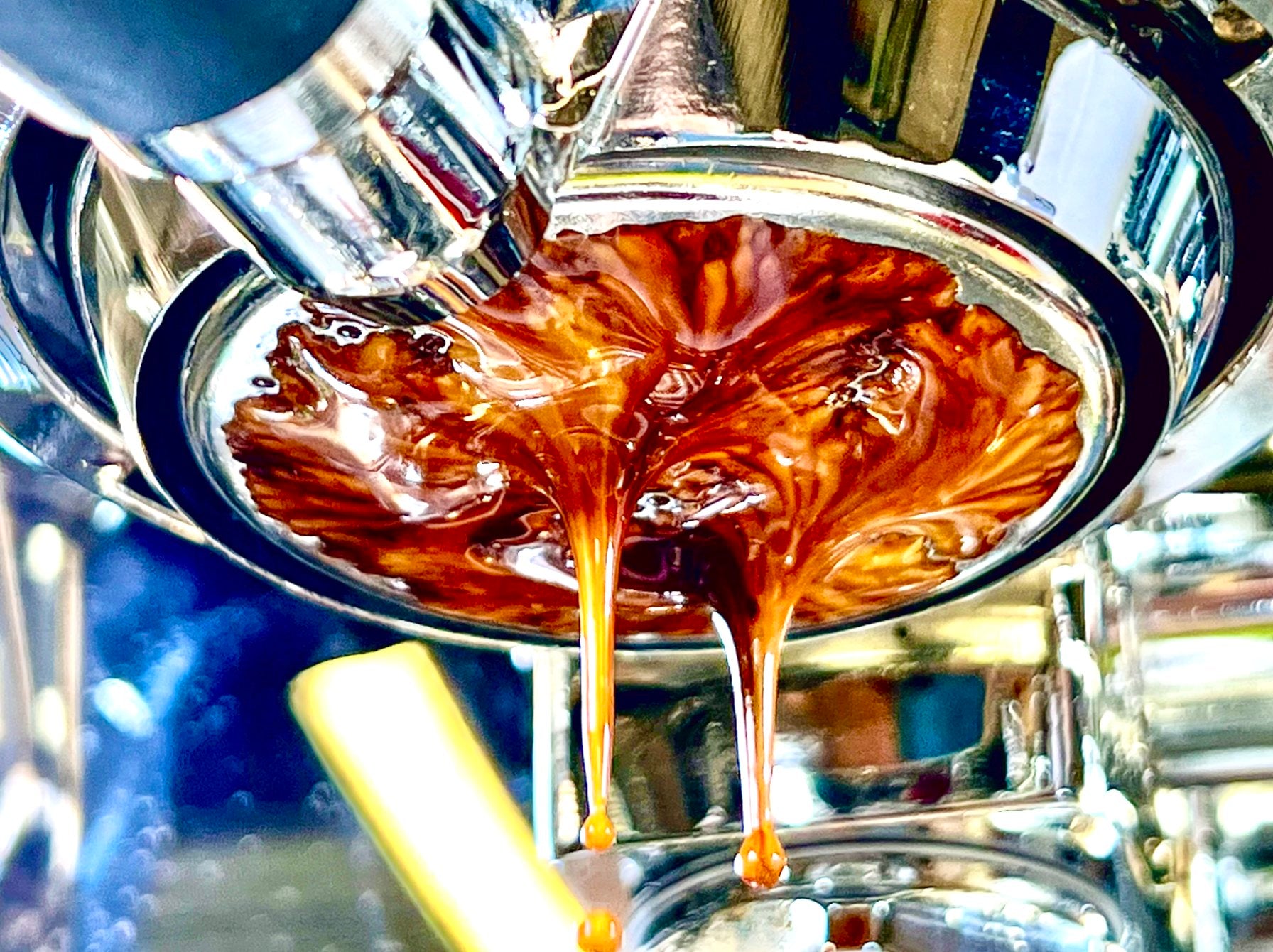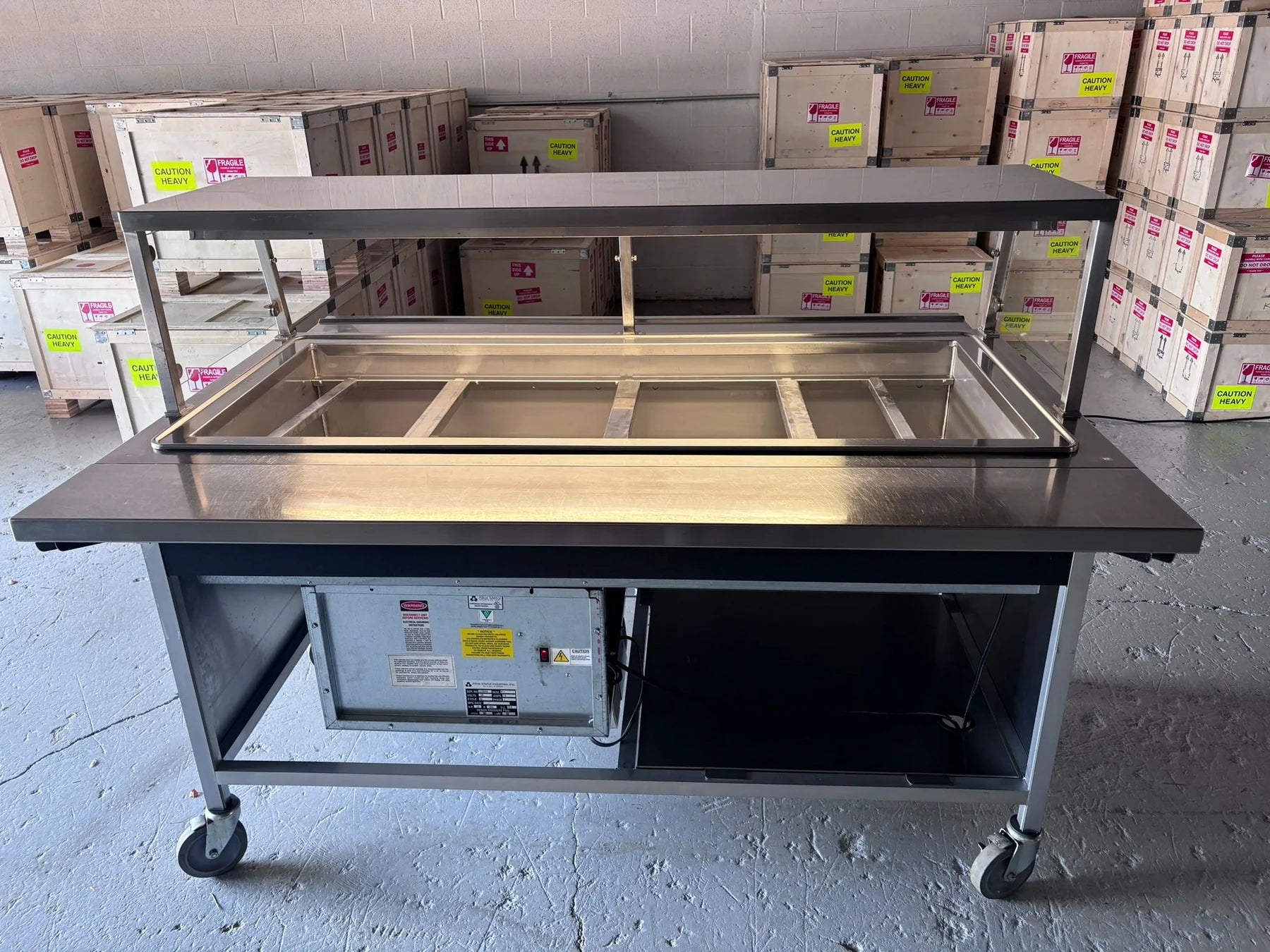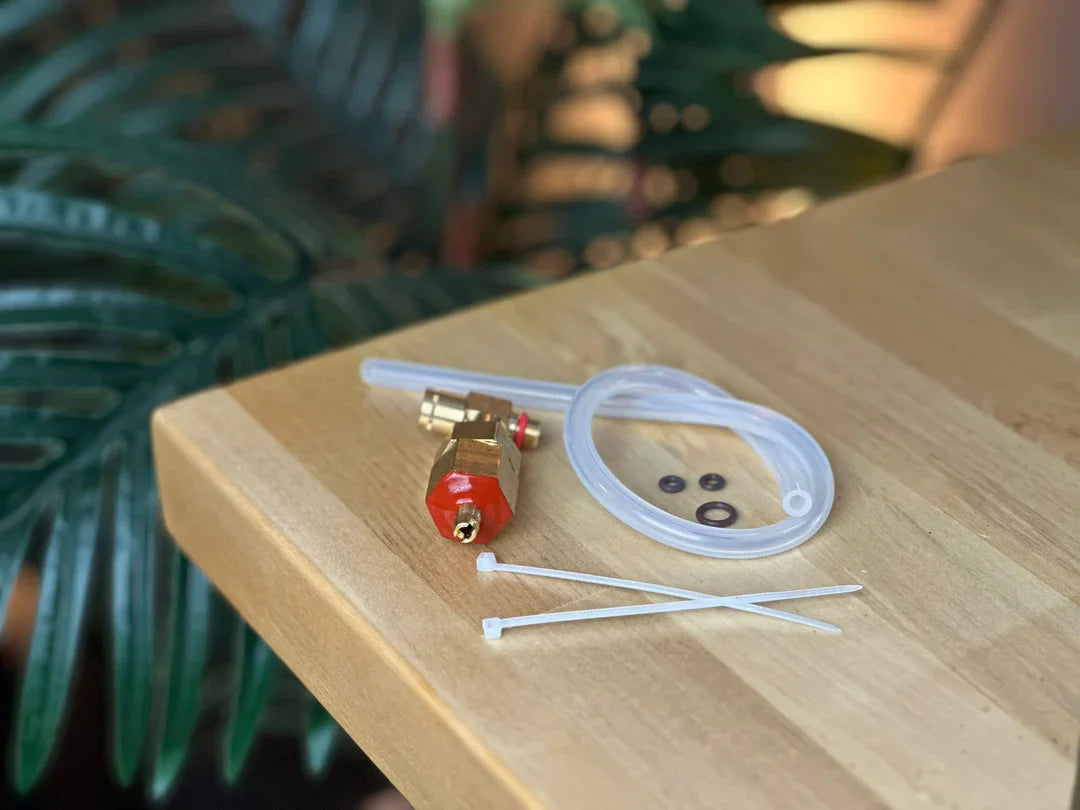Coffee Processing Methods and Their Impact on Flavor
Coffee processing is one of the most crucial stages in determining the final flavor profile of coffee. After harvesting, coffee cherries undergo several processes to separate the beans from the fruit, each method influencing the flavor of the final cup. The main coffee processing methods include natural (dry) processing, washed (wet) processing, and honey (semi-washed) processing, among others. This article will explore the most common processing methods, how they are performed, and their effects on flavor.
1. Natural (Dry) Processing
Overview:
Natural processing, the oldest method of coffee processing, involves drying the entire coffee cherry with the fruit still intact. After drying, the beans are separated from the dried fruit pulp and mucilage.
Process:
- The harvested cherries are spread out in the sun to dry, typically on raised drying beds or patios.
- The drying process can take between 2-4 weeks, depending on the climate.Once the cherries are fully dried, the outer layer (husk) is mechanically removed to reveal the coffee bean
Impact on Flavor:
- Natural processing allows the beans to absorb sugars from the fruit, often resulting in sweet, fruity, and full-bodied flavors.
- The slow drying process enhances fruit-forward notes, such as berry and tropical fruit flavors.
- Coffees processed naturally often have lower acidity and a heavier body.
Challenges:
- Requires precise control of drying conditions to avoid fermentation or mold growth.
| Flavor Characteristics | Sweetness | Fruitiness | Acidity | Body | Common Tasting Notes |
|---|---|---|---|---|---|
| High | Very sweet | Strong | Low | Heavy | Blueberry, strawberry, tropical fruits |
2. Washed (Wet) Processing
Overview:
The washed process is one of the most widely used methods, particularly for high-quality Arabica coffees. In this process, the coffee cherries are depulped and fermented to remove the mucilage (sticky layer) from the beans before drying.
Process:
- After harvest, the cherries are de-pulped to remove the skin and most of the fruit flesh.
- The beans are then placed in fermentation tanks for 12-48 hours, allowing naturally occurring enzymes to break down the mucilage.
- After fermentation, the beans are washed with water to remove any remaining mucilage.
- The washed beans are then dried in the sun or mechanically
Impact on Flavor:
- Washed coffees are known for their cleaner, brighter, and more acidity-forward profiles.
- Since the beans are fermented and washed clean of fruit pulp, the resulting flavors tend to be more transparent, allowing the inherent characteristics of the bean and its terroir to shine through.
- Flavors are often described as crisp and vibrant, with more pronounced acidity than natural-processed beans.
Challenges:
- Requires significant water resources and infrastructure, which can be problematic in water-scarce regions.
| Flavor Characteristics | Sweetness | Fruitiness | Acidity | Body | Common Tasting Notes |
|---|---|---|---|---|---|
| Medium | Moderate | Light | High | Light to Medium | Citrus, floral, clean and bright flavors |
3. Honey (Semi-Washed) Processing
Overview:
Honey processing is a hybrid method between natural and washed processing. In this method, the skin of the coffee cherry is removed, but part or all of the mucilage is left intact while the beans dry. The term "honey" refers to the sticky, honey-like mucilage left on the beans during the drying process, not the flavor of the coffee.
Process:
- The cherries are de-pulped, but unlike the washed process, the mucilage is left on the beans.
- The beans are then dried with the mucilage intact, typically on raised drying beds or patios.
- The degree to which the mucilage is left on the bean determines whether the process is referred to as black honey (more mucilage) or yellow honey (less mucilage)
Impact on Flavor:
- Honey-processed coffees generally exhibit characteristics that are a mix of natural and washed coffees.
- They often have the sweetness and fruitiness of natural-processed coffees but maintain a cleaner, more defined flavor than fully natural coffees.
- The flavor profile can vary depending on the amount of mucilage left on the beans, but they often have balanced acidity and medium body.
Challenges:
- Requires careful monitoring during the drying process to avoid over-fermentation.
| Flavor Characteristics | Sweetness | Fruitiness | Acidity | Body | Common Tasting Notes |
|---|---|---|---|---|---|
| High | Sweet | Moderate | Balanced | Medium | Caramel, stone fruits, balanced acidity |
4. Pulped Natural (Semi-Dry) Processing
Overview:
Pulped natural processing is similar to honey processing but focuses on drying the beans with less mucilage than honey-processed coffee. This method is commonly used in Brazil and combines aspects of both washed and natural methods.
Process:
- The coffee cherries are de-pulped, leaving a small amount of mucilage.
- The beans are then dried in the sun on patios or raised beds without further fermentation or washing
Impact on Flavor:
- Pulped natural coffees tend to have more body than washed coffees but are generally cleaner and less fruity than natural-processed coffees.
- They often have balanced sweetness, medium acidity, and a smooth body.
| Flavor Characteristics | Sweetness | Fruitiness | Acidity | Body | Common Tasting Notes |
|---|---|---|---|---|---|
| Moderate | Sweet | Mild | Balanced | Medium | Nutty, chocolate, mild fruitiness |
5. Wet-Hulled Processing (Giling Basah)
Overview:
Wet-hulled processing, known locally as Giling Basah, is unique to Indonesia. This method involves hulling the parchment layer from the coffee beans while they are still moist, which creates a distinct flavor profile.
Process:
- The coffee cherries are de-pulped and left to ferment for a short period.
- The beans are then dried until they reach around 30-40% moisture content, after which they are hulled to remove the parchment layer.The hulled beans are dried again before export
Impact on Flavor:
- Wet-hulled coffees are known for their earthy, spicy, and herbaceous flavors, with a heavier body.
- The process often imparts a unique, bold flavor but can also introduce inconsistent or "wild" flavors due to less control over the fermentation and drying stages.
| Flavor Characteristics | Sweetness | Fruitiness | Acidity | Body | Common Tasting Notes |
|---|---|---|---|---|---|
| Low | Low | Mild | Low | Heavy | Earthy, herbal, spicy, tobacco |
Conclusion
Different coffee processing methods dramatically influence the flavor, body, and aroma of the final cup. From the fruity and full-bodied natural process to the bright and clean flavors of washed coffees, each method creates a unique profile that caters to different preferences and markets. Understanding these processing methods provides greater insight into the diversity of coffee flavors and highlights the critical role of post-harvest techniques in shaping the taste experience.


















